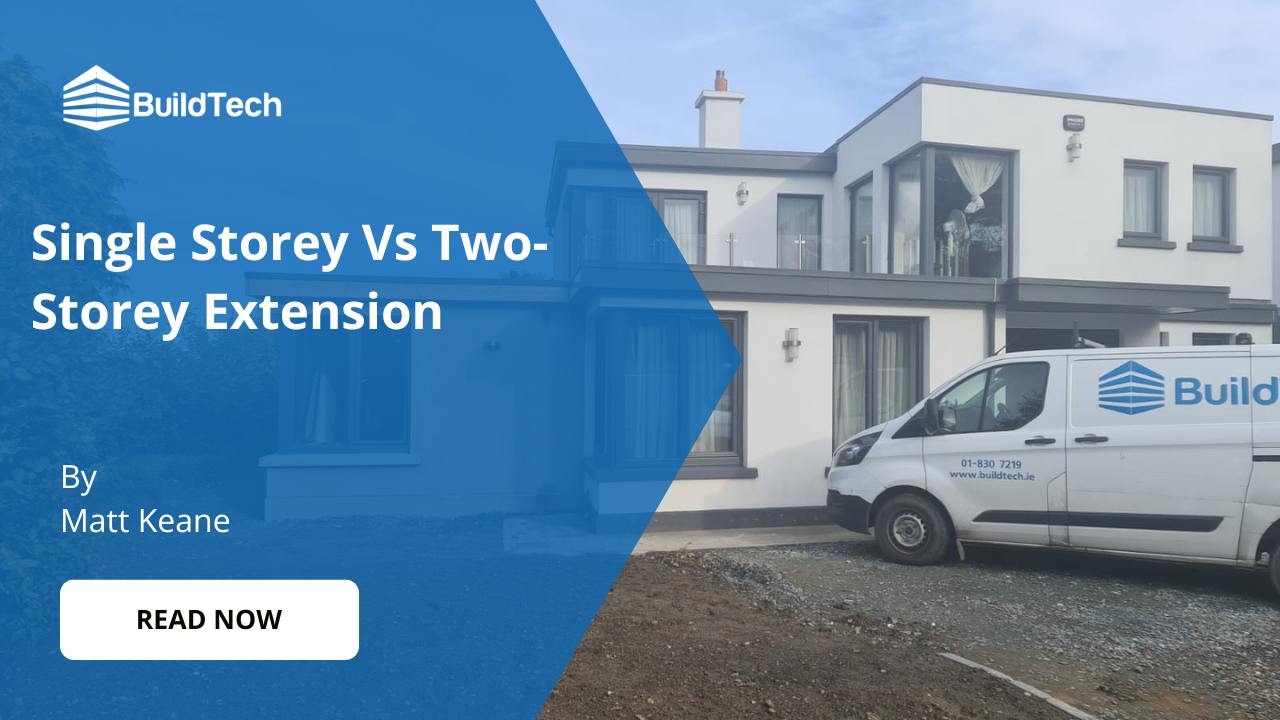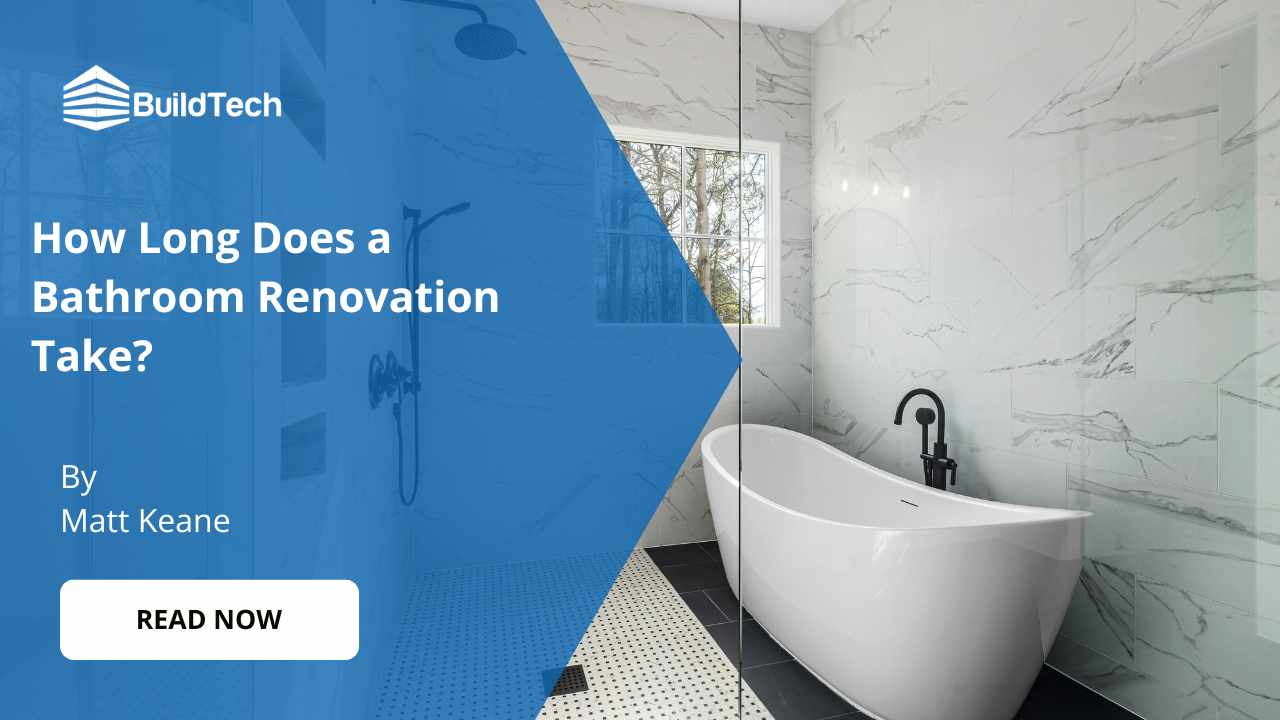Planning to extend your home but unsure which option to choose? Deciding between a single-storey and a two-storey extension can be tricky, especially when each comes with its own pros and cons. The choice often depends on your budget, garden space, family needs, and long-term plans.
In this guide, we’ll explore the key differences in the single-story vs. two-story extension debate. We’ll cover the benefits, challenges, timelines, and planning permission rules in Ireland to help you make the right decision for your home.
What is a Single-Storey Extension?
A single-storey extension adds more room on the ground level, often at the back or side of a house. It is commonly used to create an open kitchen, larger dining area, or extra ground-floor bedroom. This type is straightforward to build and usually less disruptive.
What is a Two-Storey Extension?
A two-storey extension adds new space across two floors. It is a great option for homeowners who want to increase indoor space while keeping their garden. People often use the upstairs for bedrooms or bathrooms and the downstairs for family living areas.
Single-Storey Extension: The Ground-Level Option
If you have space around your home, building outwards can be a simple and cost-effective way to improve your living area.
Benefits of Building Outwards
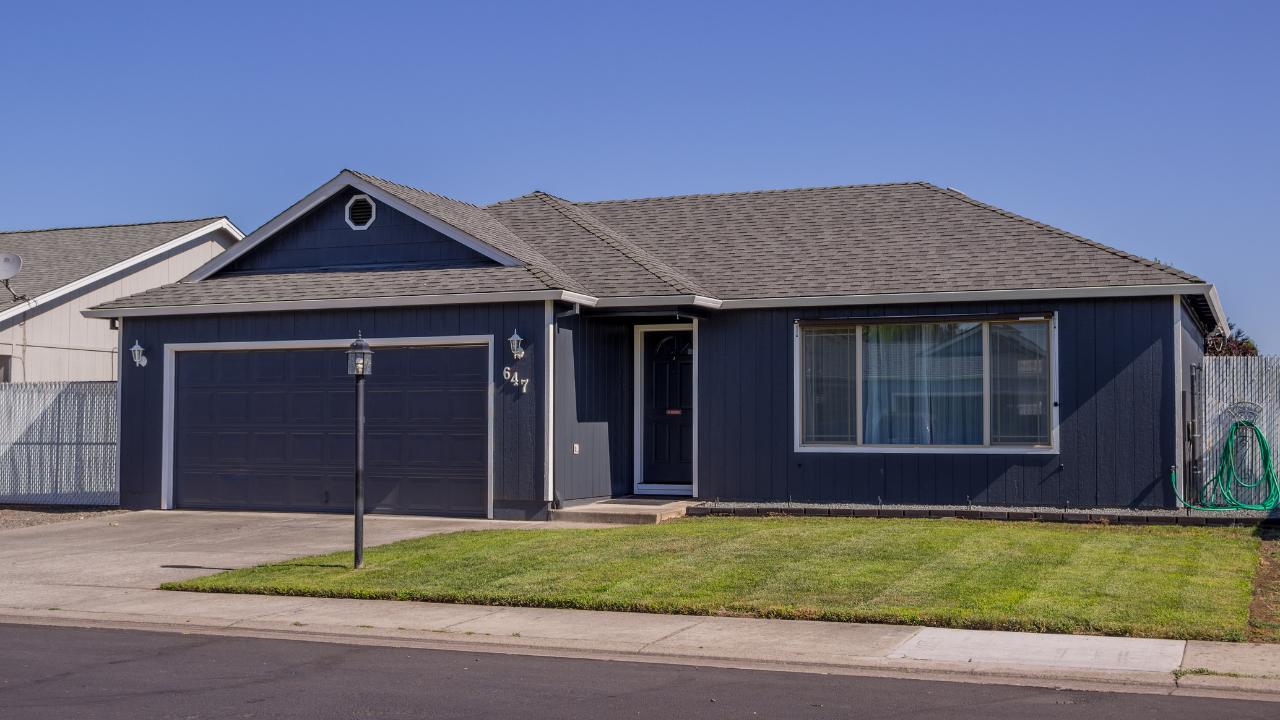
Single-storey extensions are easier and cheaper to build than two-storey options. Most families can continue living in the home during construction. This type of extension also suits those who want an open-plan layout with better access to the garden.
Drawbacks to Think About
You will lose some of your garden, which may not suit homes with limited outdoor space. Also, you might need to follow sunlight and boundary rules to avoid blocking your neighbour’s light. Some designs may be limited by existing rooflines and ceiling heights.
Two-Storey Extension: Building Up for More Space
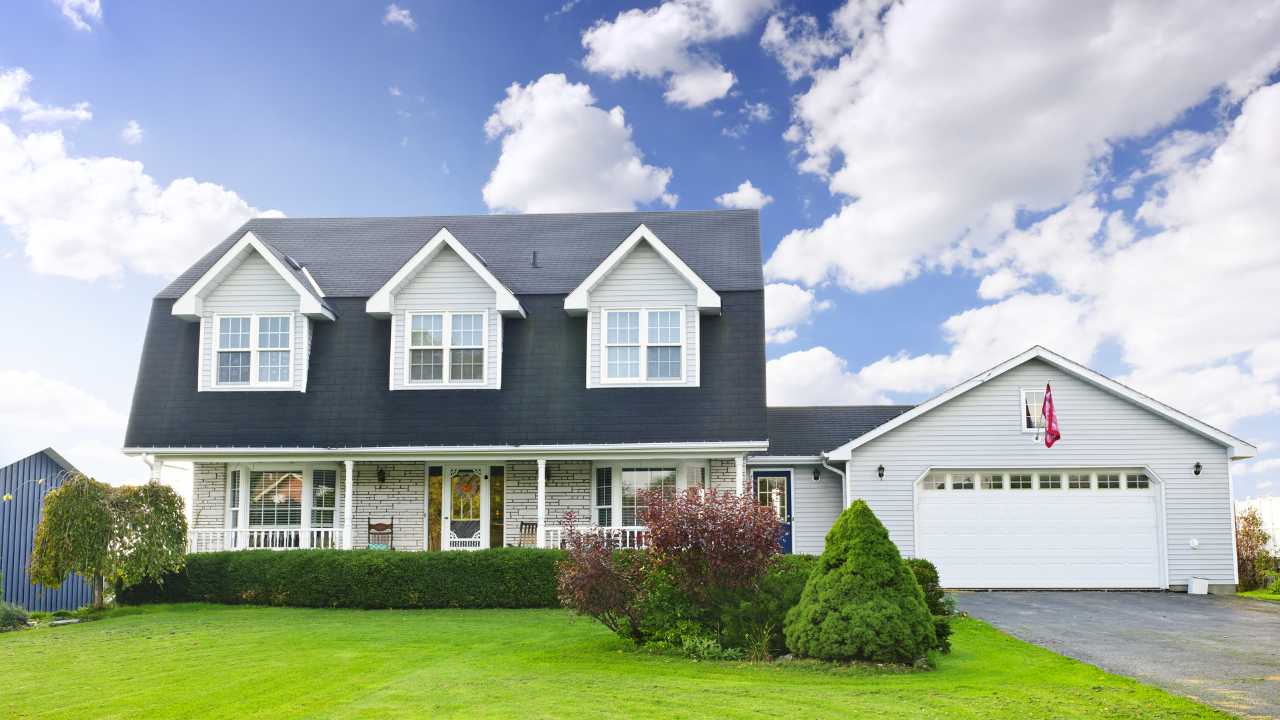
If you want to gain space but keep your garden, building upwards can be the better choice.
Reasons to Build a Second Floor
A two-storey extension offers more living space without taking up garden area. You can add several bedrooms, bathrooms, or even a study. This option is perfect for growing families and can increase your property’s value.
Challenges to Be Aware Of
Two-storey extensions are more complex. Your house may need stronger foundations and extra support. Getting planning permission can take longer. In some cases, you may need to move out during major works, which adds extra cost.
Planning Permission and Council Rules in Ireland
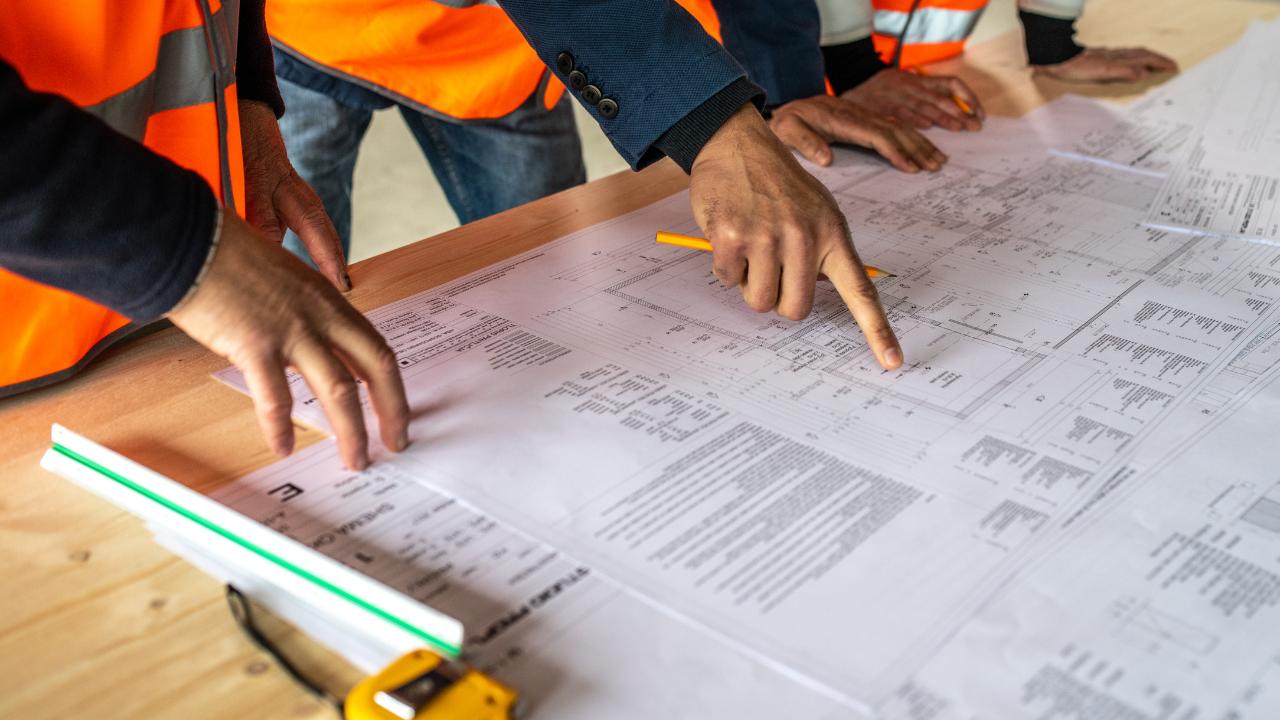
Before starting any work, check if planning permission is required. This helps avoid future issues and delays.
When You Need Permission
You will likely need permission if your total extension space, including existing ones, is more than 40 square metres. You also need it if you are changing how part of your home is used, like turning a garage into a home office.
Why Permission Matters
Building without permission can lead to fines or even being asked to remove the extension. Your local council can give guidance on what is allowed and how to apply properly.
How Long Does It Take to Build an Extension?
The timeline depends on the size and complexity of the extension. Below is a general idea of what to expect.
Timeframe for a Single-Storey Build
Single-storey extensions typically take between two to four months to complete. These projects involve fewer structural changes and are easier to manage, making the process quicker.
Timeframe for a Two-Storey Build
Two-storey extensions usually take around nine to eleven months. This includes time for planning, approvals, structural work, and finishing. Because more is involved, the project takes longer and may face delays depending on weather or approvals.
Which Option Is Best for You?
Your decision depends on your budget, space, and how you plan to use your home in the future.
What to Consider Before Deciding
If you have a generous garden and want a faster, cheaper option, a single-storey extension may be the right fit. It offers simplicity and suits open-plan living. If outdoor space is limited and you need more rooms, a two-storey extension may offer better long-term value.
Thinking Long-Term
If you are planning to stay in your home for many years, a two-storey extension helps you grow into the space. However, if your goal is to quickly improve your living area or prepare the home for sale, a single-storey extension might be more practical.
Conclusion!
Choosing between a single-storey and two-storey extension depends on your space, budget, and future needs. Both options have their own advantages, whether you want quicker results or more long-term value. By understanding the build process, timelines, and planning rules, you can make a more confident choice.
If you need expert help deciding what’s best for your home, BuildTech is here to guide you. Our team can handle everything from design to planning and construction. Get in touch today to begin your single-storey vs two-storey extension project with trusted professionals by your side.


